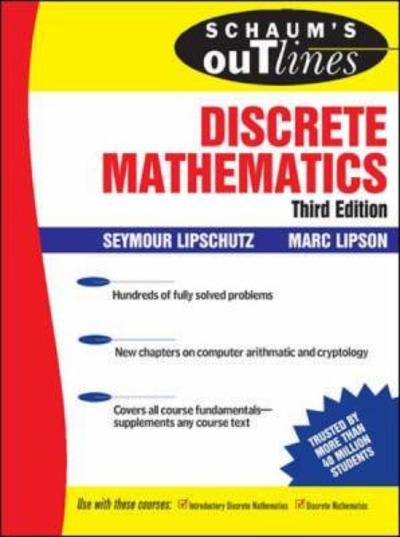Question
7.2 PART II 11. Use the binomial distribution table or formula to find the binomial probability when n = 10, p = 0.15, k =
7.2 PART II
11. Use the binomial distribution table or formula to find the binomial probability when n = 10, p = 0.15, k = 3.
0.2759___
0.2013___
0.0401____
0.1298_____
12. Using the Poisson distribution table or formula, determine the probability when = 2.1, if x = 0
0.2700____
0.1225____
0.0907_____
0.1108_____
13. If in a binomial distribution you have the data n = 5, p = 0.3, find the mean.
3.5___
3.9___
1.5___
2.1___
14. Calculate the standard deviation if in a binomial distribution you have the data n = 10, q = 0.25.
1.88___
1.37___
2.29____
2.15___
15. Consider a standard normal random variable with = 0 and a standard deviation = 1. Use the standard normal distribution table to find P (Z <2.48).
0.9934___
0.9751____
0.9916____
0.9765____
16. Consider a standard normal random variable with = 0 and a standard deviation = 1. Use the standard normal distribution table to find P (-2.70
0.9930_____
0.0123_____
0.9965_____
0.0035_____
17. Evaluate 10P2.
990,100____
1,814,400____
560,000_____
90______
Step by Step Solution
There are 3 Steps involved in it
Step: 1

Get Instant Access to Expert-Tailored Solutions
See step-by-step solutions with expert insights and AI powered tools for academic success
Step: 2

Step: 3

Ace Your Homework with AI
Get the answers you need in no time with our AI-driven, step-by-step assistance
Get Started


